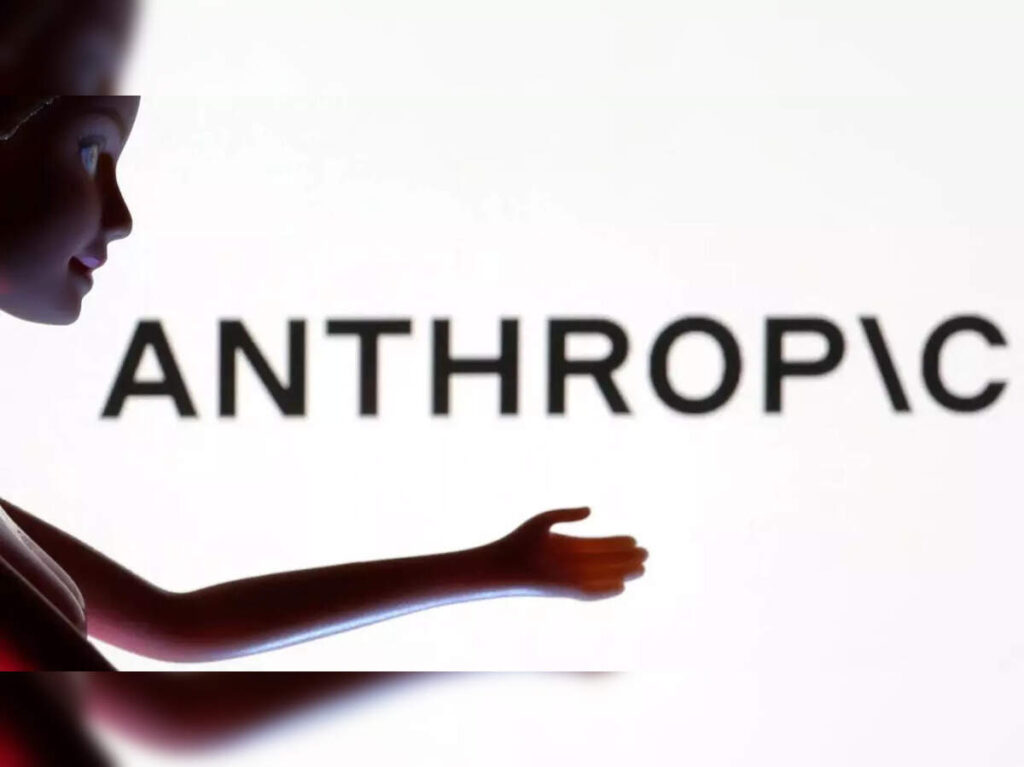The recent announcement from Microsoft regarding the integration of Anthropic’s AI models into its Copilot assistant marks a significant shift in the competitive landscape of artificial intelligence platforms. As the market evolves, users are increasingly finding themselves at a crossroads when evaluating AI tools for their respective businesses. This integration is emblematic of the ongoing pivot among tech giants to diversify their reliance on singular partnerships, particularly in the context of Microsoft’s previous dependence on OpenAI.
At the core of this transition is the growing need for businesses to leverage AI technologies that not only align with their strategic goals but also mitigate the risks associated with vendor lock-in. By integrating Anthropic’s models—specifically Claude Sonnet 4 and Claude Opus 4.1—into Copilot’s AI-powered reasoning agent, Microsoft is giving its users more choices in selecting the right models for their operational needs. This diversification can enhance the user experience and possibly lead to more powerful outcomes by tapping into different capabilities that each model offers.
When comparing the models, OpenAI and Anthropic have distinct approaches to AI. OpenAI, widely recognized for its ChatGPT offerings, excels in natural language processing and generation. This can be particularly beneficial for companies focused on marketing, customer engagement, or any application that benefits from human-like text interactions. The company’s existing partnerships and the maturity of its models make it a robust option for immediate deployment across applications like Microsoft Word and Outlook.
Conversely, Anthropic’s Claude models promote ethical AI and prioritize safety, making them an attractive choice for organizations that emphasize compliance and ethical standards in their AI deployments. These differentiators may resonate with SMBs that operate in regulated industries where adherence to guidelines and policies is paramount. Moreover, the ability to switch between OpenAI and Anthropic models within Copilot’s “Researcher” tool offers flexibility, allowing businesses to experiment with different solutions without the need to overhaul their existing infrastructure.
However, the operational costs and return on investment (ROI) of using these tools must also be considered. While Microsoft is a leading player in cloud services, benefiting from scale, Anthropic’s AI models primarily operate on Amazon Web Services (AWS)—a competing cloud platform. For businesses already entrenched in the Microsoft ecosystem, the cost-effectiveness of utilizing Microsoft-hosted AI solutions may outweigh the benefits of exploring alternatives on AWS. Additionally, the consideration of performance and execution speed is crucial. Various deployments and user experiences will ultimately determine the ROI, necessitating careful logging of user interactions and outcomes.
From a scalability perspective, Microsoft has paved the way for seamless integration of AI into its applications, a vital consideration for SMB leaders looking to automate processes. The inherent scalability of the Microsoft platform, combined with Anthropic’s models, enables businesses to adopt AI progressively, adjusting their usage based on growth and evolving operational needs. This feature is instrumental for SMBs that must balance budget constraints with the desire to innovate and automate.
In light of these dynamics, business leaders must carefully analyze the implications of these transitions and their respective tool choices. A recommendation for SMBs considering an AI investment is to conduct a pilot program that includes usage of both OpenAI and Anthropic models. By assessing performance metrics and operational feedback from both platforms, businesses can ascertain which model aligns best with their objectives while providing the versatility needed as they grow.
Central to this evaluation is the potential for enhanced productivity through automation. Both OpenAI and Anthropic offer unique attributes, appealing to different business priorities. For example, a marketing agency might find OpenAI’s capabilities better suited for creative content generation, while a compliance-driven organization may lean towards the ethical frameworks provided by Anthropic’s solutions. This distinction can inform not just the choice of the AI model but also implications for employee training, customer interactions, and overall business strategy.
Ultimately, the landscape of AI is characterized by rapid technological advancement and increased diversification. Microsoft’s strategic move to incorporate Anthropic’s models demonstrates a clear trend: the benefits of choice and flexibility in technology are becoming paramount, regardless of a company’s size. This evolving competitive landscape necessitates a thorough understanding of tool functionalities, potential costs, and the strategic advantages each platform can offer, ensuring that leaders can make informed decisions that not only satisfy current needs but also anticipate future requirements.
FlowMind AI Insight: The integration of diverse AI models within a single framework empowers organizations to tailor their technology investments to meet specific goals. As SMB leaders navigate this shifting terrain, embracing flexibility and multifaceted solutions will be decisive in leveraging AI for sustainable growth and operational efficiency.
Original article: Read here
2025-09-24 16:02:00

